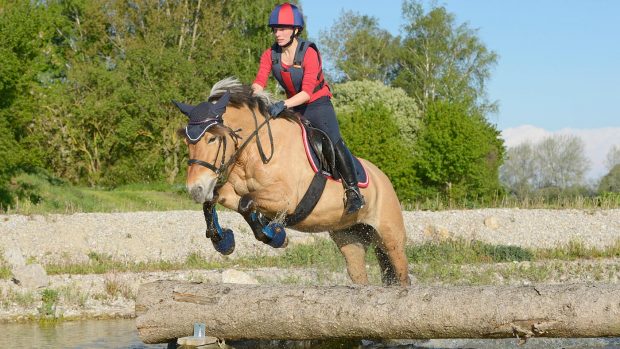Find out about rider psychology
Equestrian sport is unusual in that riders can remain competitive for many years — think Carl Hester, William Fox-Pitt and John Whitaker.
So should we all start exercising furiously as we enter our midlife riding careers?
Andy Thomas doesn’t think so: “The younger generation have been brought up differently and are more [fitness] aware; for older riders you don’t want to start doing too much and cause problems.”
“The brain gets more experienced as you get older,” says Jon Pitts. “You start to think a bit more and become more sensible. The more falls you’ve had, the more you become naturally cautious.”
Jon’s advice for older riders is to work on exercises to build on stability, confidence and balance.
“You need to be rock solid in your confidence. And flexibility is very important as you get older because you become tighter and less flexible.”
Jon recommends stretching exercises to stay loose and some cardio exercise to build stamina.
“Things like using rowing machines and interval training — working at the high end of the heartrate are important. The good news about interval training is that it doesn’t take long — you only need about 20 minutes,” he points out.
“Cross-trainers and bikes are useful, too — something you can do for 20 minutes a few times a week.”
The key factor is fatigue, and fitness combats tiredness.
“There is a distinct relationship between making mistakes on the first or the last horse you ride in a day — the last horse is when mistakes are made,” adds Andy.
Meet the experts
Andy Thomas is the human sports science and medicine lead practitioner for the World Class programme.
Jon Pitts is an expert in human sports performance and advises the British equestrian team.
To find out how fit you need to be for the coming season see our feature on rider fitness in the current issue of Horse & Hound, 6 January 2011
Learn about rider psychology




